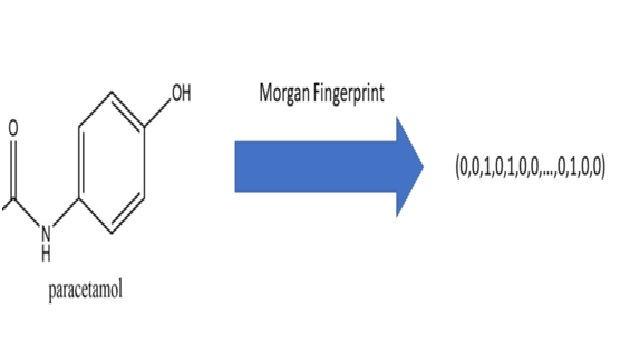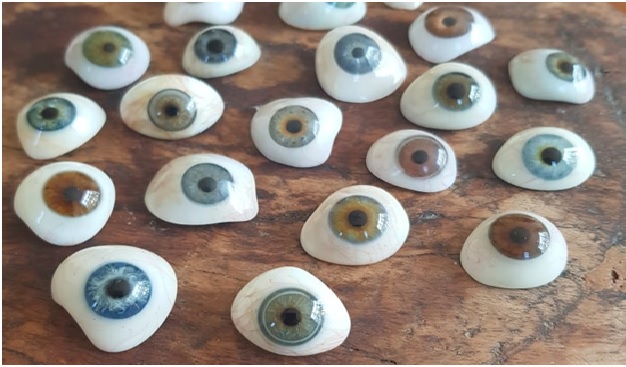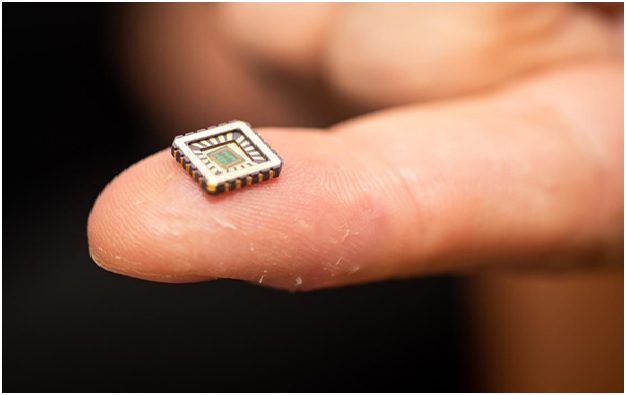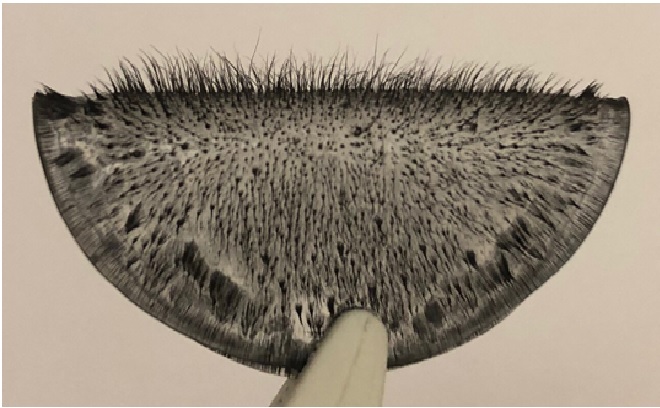The Artificial Cultivated Lab-Grown Meat
Cultivated meat, also known as cultured meat, is genuine animal meat (including seafood and organ meats) that is produced by cultivating animal cells directly. This production method eliminates the need to raise and farm animals for food. [1] Cultivated meat is made of the same cell types arranged in the same or similar structure as animal tissues, thus replicating the sensory and nutritional profiles of conventional meat as shown in figure 1.
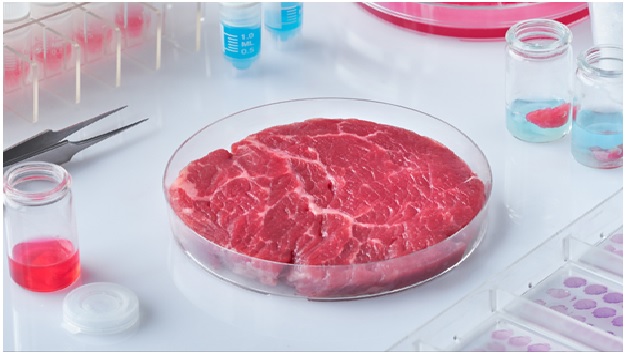
Figure 1: The Cultivated Meat [2]
Dutch scientist Mark Post unveiled the first cultivated meat burger on live television in 2013. Two years later, the first four cultivated meat companies were founded. The industry has since grown to more than 60 companies on 6 continents, backed by $450M+ in investments, each aiming to produce cultivated meat products. Dozens more companies have formed to create technology solutions along the value chain.
Decades of accumulated knowledge in cell culture, stem cell biology, tissue engineering, fermentation, and chemical and bioprocess engineering preceded the field of cultivated meat. Hundreds of companies and academic laboratories worldwide are conducting research across these disciplines to establish a new paradigm for manufacturing commodity meat products at industrial scales.
The process starts with a few ‘satellite’ cells, which can be obtained from a small sample of muscle taken from a live animal. [3] These are stem cells that can turn into the different cells found in muscle. Just one cell could, in theory, be used to grow an infinite amount of meat. When fed a nutrient-rich serum, the cells turn into muscle cells and proliferate, doubling in number roughly every few days.
After the cells have multiplied, they are encouraged to form strips, much like how muscle cells form fibres in living tissue. These fibres are attached to a sponge-like scaffold that floods the fibres with nutrients and mechanically stretches them, ‘exercising’ the muscle cells to increase their size and protein content. The resulting tissue can then be harvested, seasoned, cooked and consumed as boneless processed meat.
Cellular farming doesn’t grow cuts of meat, with bone and skin, or fat marbled through it like a succulent ribeye steak. Muscle cells require different conditions and nutrients to fat cells, so they must be made separately. [4] When the pure meat or fat is harvested, it is a formless paste of cells. This is why the first cultivated meat products served up have been chicken nuggets or burgers.
The flavours, however, are of real meat. As they are produced in a sterile environment, there is less risk of contamination from disease and chemicals. This is in contrast to conventional agriculture where, says San-Francisco based Josh Tetrick, CEO of GOOD Meat, “you have a live animal slaughtered on the floor. If you look at the Salmonella, E. coli, faecal contamination that’s part of animal agriculture, it looks much better from a cultivated meat perspective than it does from a conventional meat perspective.”
Cultured meat may be available in India by 2025, which will allow meat consumers to enjoy animal products without killing or harming the animal. [5] Humane Society International (HSI) India have joined hands with the Centre for Cellular and Molecular Biology (CCMB) in Hyderabad for developing lab-grown meat in India.
References:
- https://gfi.org/science/the-science-of-cultivated-meat/
- https://www.foodunfolded.com/article/cultured-meat-better-than-the-real-thing
- https://www.sciencefocus.com/future-technology/the-artificial-meat-factory-the-science-of-your-synthetic-supper/
- https://www.sciencefocus.com/science/what-is-lab-grown-meat-a-scientist-explains-the-taste-production-and-safety-of-artificial-foods/
- https://recipes.timesofindia.com/articles/food-facts/7-facts-you-must-know-about-synthetic-meat/photostory/66119864.cms?picid=66119885
Cite this article:
Vinotha D (2022), The Artificial Cultivated Lab-Grown Meat, AnaTechMaz, pp. 104







